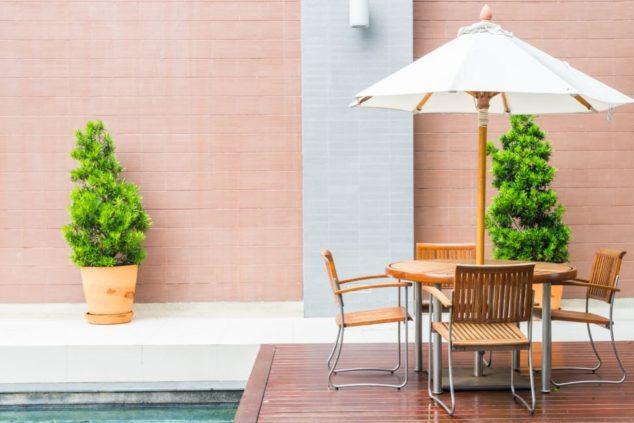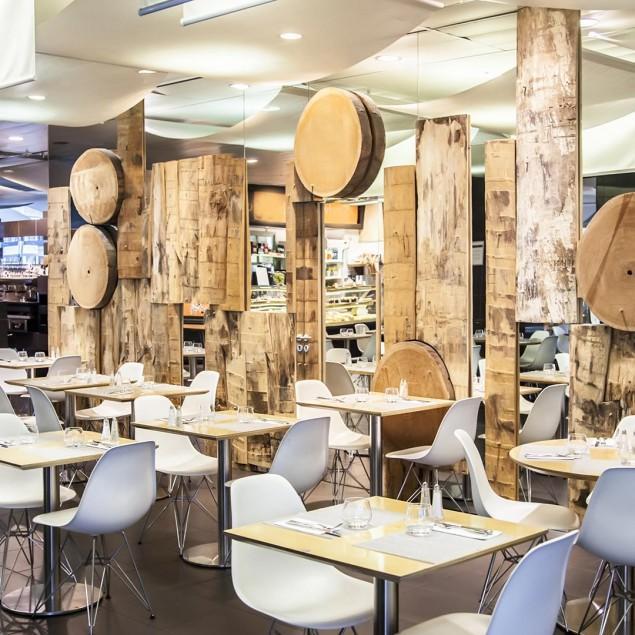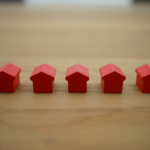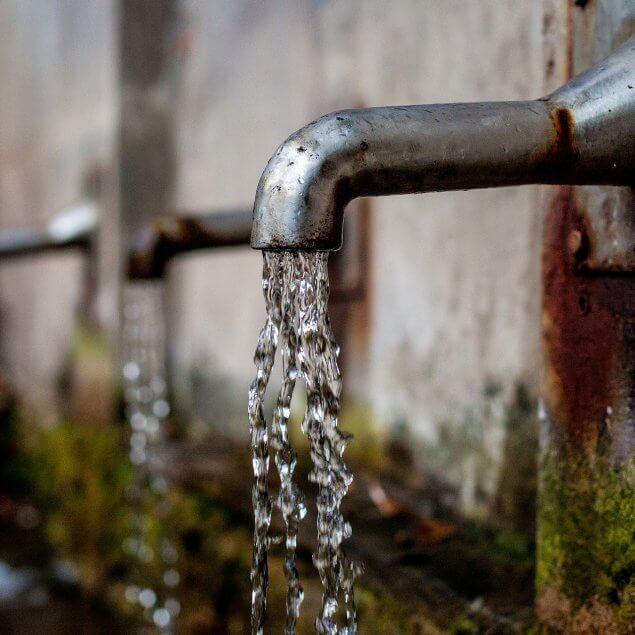Did you know that residential fires in the UK and the US kill over 2,500 people per year? And what is even more worrying is the fact that many of these fires often occur when the home occupants are asleep in their houses as smoke from the fire lulls them into a deep slumber. Have you ever asked yourself whether the walls in your residential homes can protect you from a fire?
Even though no building materials are completely fireproof, the reality is that well-constructed buildings and houses can easily prevent such tragedies from taking place; by using quality, fire-resistant materials, like composite decking board from Ultra Decking UK. As such, it is never a question of whether it’s possible for a fire to damage a house, but when.
The following is a look at 7 ways to build fire-resistant buildings in the United Kingdom right from the design stage, including the use of quality materials:
1. Employ Professionals
In any construction project, the first stage involves finding the right persons to come up with the designs (Q.S, Architectural, Surveyors, Civil, Landscape, Structural, etc.). In many cases, especially when it comes to smaller projects (commercial and residential), the clients tend to work with inexperienced undergraduates, artisans, or quarks.
Due to their inexperience, such professionals often end up delivering inadequate ventilation, circuit load & design and even opt to use the wrong set of materials. While the project owner may end up saving some money, the chances are that this is a choice that will backfire. It is always best to work with professionals who understand the importance of using quality plastic decking as a preventive fire measure.
2. Use Quality Materials (composite decking board, wires, etc.)
It is not possible to overemphasize the significance attached to using quality materials, more so when it comes to electrical cables and plastic decking. The UK market has been flooded with cheap imports which not only increase the chances of a building collapsing but that of catching flames as well.
While the initial value of purchasing a decking board can be off-putting, the reality is that this board will continue to provide you with value for very many years. Wood, which is a common feature in many houses comes with a recurring maintenance expense. But with decking, you are assured that the amount you spend on it in the early days will continue to pay for itself in the next ten or more years.
A project owner cannot afford to use low-quality materials in order to save on project costs. Note that quality materials extend beyond decking boards to switches, electrical wires, sockets, and appliances. All these items have to be picked with care.
3. Use Less Combustible Materials
There is a need to make sure that the materials used during construction are less combustible, more so in the areas that are prone to regular fire outbreaks. For instance, it would be a grave mistake to use timber carcass in a modern bakery or in a processing factory where temperatures are likely to rise above two hundred degrees.
If there were to be a fire outbreak in such a building, the timber used in its construction would make the fire spread at a faster pace due to its combustible nature. Wood is far more combustible as compared to steel carcass. It is the sole reason why many shopping malls, warehouses, and factories avoid using ceilings
They instead prefer to leave the steel carcass exposed before finishing off the area using fire-resistant paints.
4. Installing Smoke Detectors
A smoke detector is something that every modern building needs to have. When installed in a building, the detectors can detect the smoke even before the fire flames have become visible. Remember that fire will never start without first producing smoke. Having a detector is, therefore, the easiest way to ensure that the smoke will be dictated before it has turned into massive flames.
The detector is particularly important in home environments where the smoke from a fire can easily choke its occupants if not detected earlier. Once detected, the source can be traced, and appropriate measures can be taken to guarantee that it will not get out of hand.
5. Using Appropriate Ratings
Another way to ensure a safe building is through the use of the correct rating, including materials with a SON (standard organization) rating. For instance, when it comes to electronics, it will be safer to install electronics with a 220 volts rating as compared to installing those with a 110 volts rating and accompanied by a step-down.
The problem with step down is that not every person knows how to use it. A child, family member, friend, or visitor may forget to unplug 220 volts’ electronics using a step down in the event of a blackout. What would happen is that a fire would immediately breakout as soon as the lights came back on.
6. Containment
During the construction phase, you can always have the project contractor to identify the fire-prone areas. Such areas would then be constructed in a way that would help them contain the fire in the event of a breakout. Containment ensures that fire flames will not get to other parts of a building.
An example of a fire containment area would be the meter room in a London hotel. Such a room can be constructed using double or concrete walls accompanied by fire-rated doors. This type of structure would be able to contain a fire for a period of between two and three hours, allowing the occupants to get to the fire hydrants as they await the arrival of the firefighters.
7. Functionality
The functional building design is always deemed as a safe design. This is a design featuring safe practices that can minimise or prevent a fire outbreak, containing stairs, and a well-marked escape route. The ability to move in and out of a building in the event of an emergency is crucial in reducing damages that may escalate the situation as well as helping people who may be trapped in the building to get out.
Summary
Preventing a fire outbreak should always start with the materials used during the construction phase. It is important for a project owner to make sure that all the measures taken from the moment the project is conceived are all measures that can reduce fire outbreaks. Investing in professional contractors, decking boards, fire-resistant glass for the windows, gypsum, quality electrical cables, smoke detectors, and good building designs are all preventive measures that can help save lives, and reduce the damage caused by a fire to the building. The above seven measures are a good starting point.







